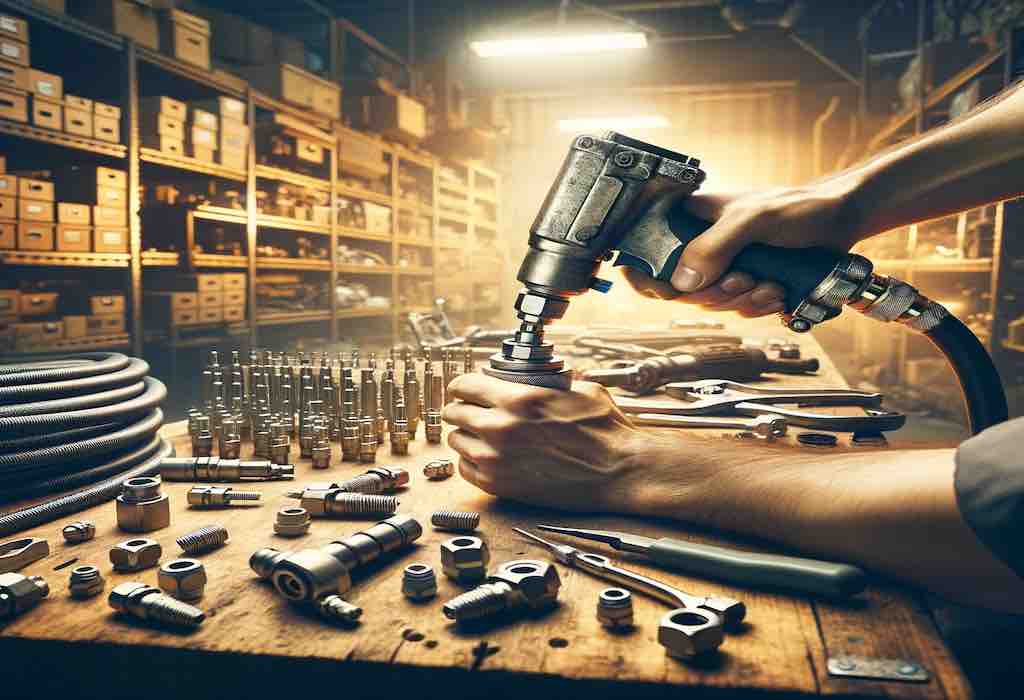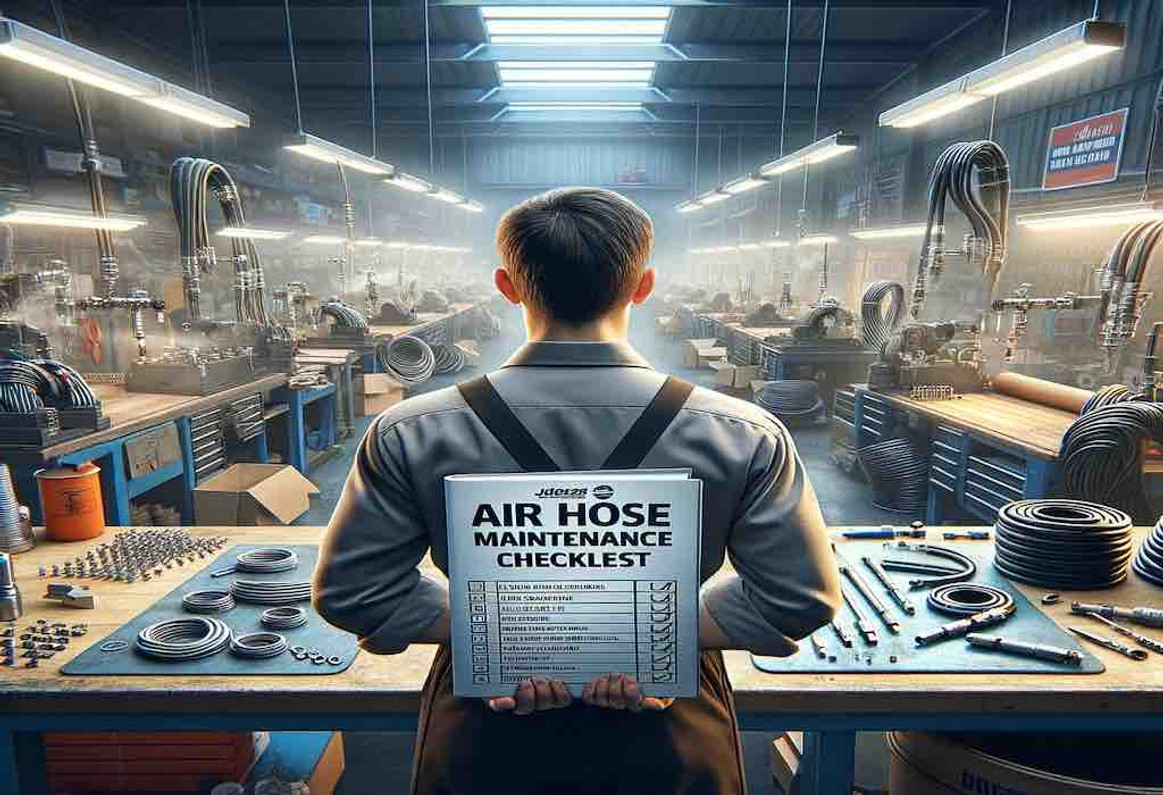Air Hose Maintenance and Care: Keeping Your Pneumatic Tools in Top Condition
Air hoses are essential to any pneumatic tool system, providing the compressed air needed to power your tools effectively. Proper air hose maintenance ensures longevity, prevents leaks, and maintains optimal performance. This guide will cover practical tips and best practices for keeping your air hoses in good condition and preventing pressure loss, leaks, and safety hazards.
Key Takeaway
Maintaining your air hoses through regular inspections, proper storage, and timely replacements ensures optimal pneumatic tool performance. By following these simple practices, you can prolong the life of your air hose and enhance safety in your workshop.
Understanding Your Air Hoses
Air hoses come in various materials, diameters, and configurations. To select and maintain the correct air hose for your needs, it's essential to understand:
- Materials: Rubber, polyurethane, and PVC are the most common materials, each offering varying flexibility, durability, and abrasion resistance.
- Diameter: Larger diameters carry more air, while smaller diameters can be more maneuverable.
- Length: Longer hoses offer greater reach but can reduce pressure due to friction loss over distance.
- Fittings: Quick-connect couplers, plugs, and other connectors ensure a secure fit and proper connection.

Regular Maintenance Practices
To keep your air hoses functioning efficiently and reduce wear and tear:
- Inspect Regularly: Check for visible damage, cuts, or cracks. Pay attention to fittings and ensure they are secure and not corroded.
- Prevent Kinking: Avoid sharp bends, twists, or kinks that can compromise the internal structure, leading to leaks or ruptures.
- Pressure Check: Ensure the compressor's pressure suits the hose's rated capacity. Excessive pressure can weaken the hose.
- Store Properly: Roll the hose neatly, ensuring it's free of twists, and store it in a dry, cool place away from direct sunlight and chemicals.
Troubleshooting Common Issues
- Leaks: If a leak is detected, mark the area and inspect it further. Replace or repair faulty fittings or damaged sections.
- Pressure Loss: If you notice lower tool performance, check for leaks and verify that all connectors are secure.
- Safety Concerns: Always replace hoses with significant damage or frayed connectors, as they can pose safety risks.
Optimizing Performance
- Use the Correct Hose Size: Match the hose diameter and length with the requirements of your pneumatic tools for efficient air delivery.
- Filter Installation: Install filters at the compressor to reduce contaminants that could clog hoses and tools.
- Lubrication: Ensure your pneumatic tools are lubricated, and consider adding inline lubricators if necessary.
FAQs
- Q: How often should I inspect my air hoses?
- A: Regular inspections should be done weekly or after significant usage, checking for visible signs of wear or leaks.
- Q: Can I repair leaks in air hoses or replace them?
- A: Small punctures can often be repaired using hose repair kits, but larger or multiple leaks typically warrant a replacement.
- Q: What's the best way to store air hoses to prevent kinking?
- A: Roll them neatly in large coils and avoid tight bends. Store them off the ground in a cool, dry area.
- Q: What are the signs that my air hose fittings need replacing?
- A: If fittings are corroded, have visible cracks, or the hose disconnects frequently, it's time to replace them.
- Q: Can I use one air hose for different pneumatic tools?
- A: Yes, but ensure the hose's diameter, pressure rating, and length match the requirements of the different tools.
Call to Action
Visit Tend Industrial Supplies or email us at sales@tendsupplies.com for the best selection of high-quality air hoses, fittings, and pneumatic tool accessories. Our team is ready to help you find the ideal products to keep your air tools running smoothly!
Recent Posts
-
Buying Guide: How to Choose the Right Dakota Lithium Battery for Your Needs
Regarding choosing a reliable power source for your devices, Dakota Lithium batteries stand out due …18th May 2024 -
Lithium-Ion vs. Lead-Acid Batteries: Which Is Better for You?
Understanding the differences between lithium-ion and lead-acid batteries is crucial when choosing t …17th May 2024 -
Exploring Dakota Lithium Battery Features: What Sets Them Apart
Dakota Lithium batteries have quickly become a go-to choice for those seeking reliable, high-perform …17th May 2024




